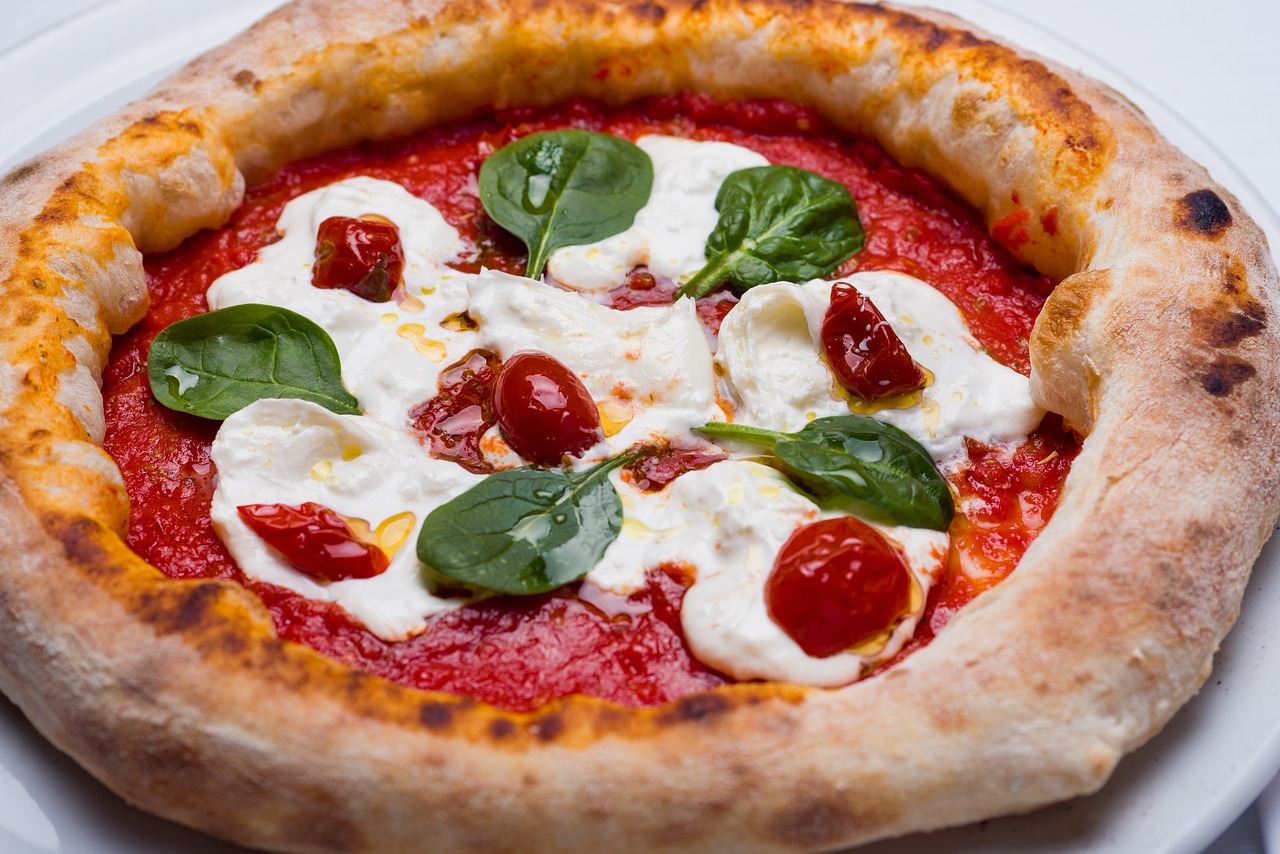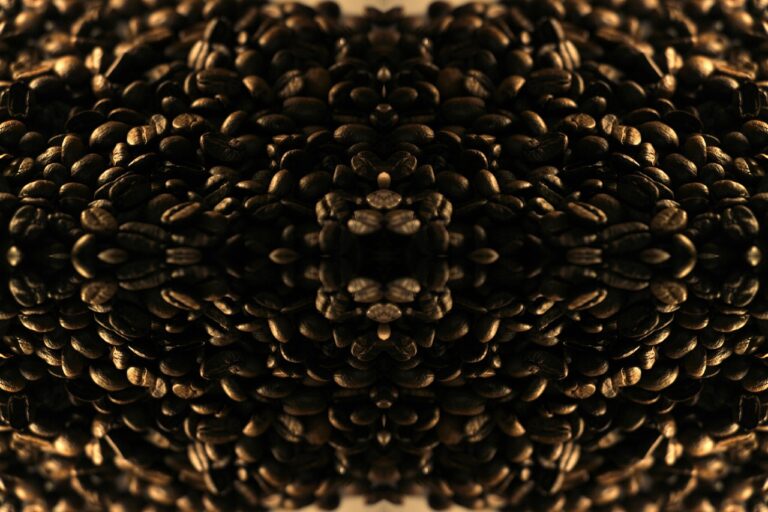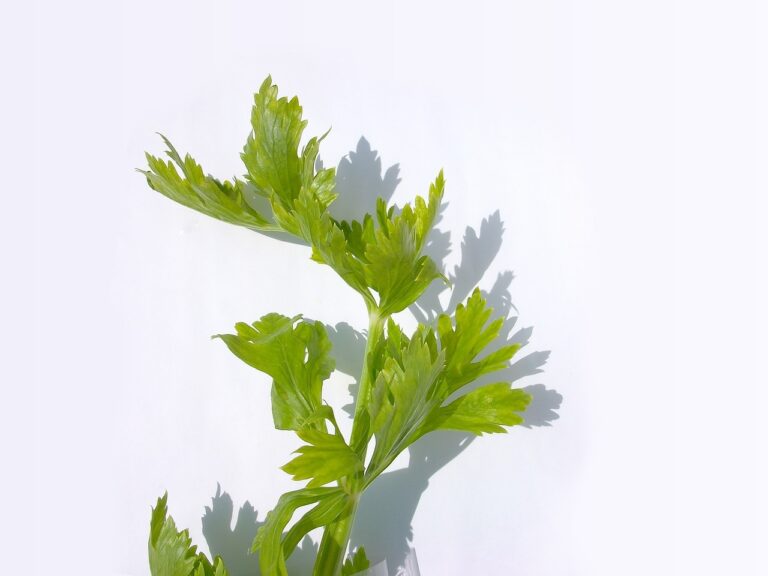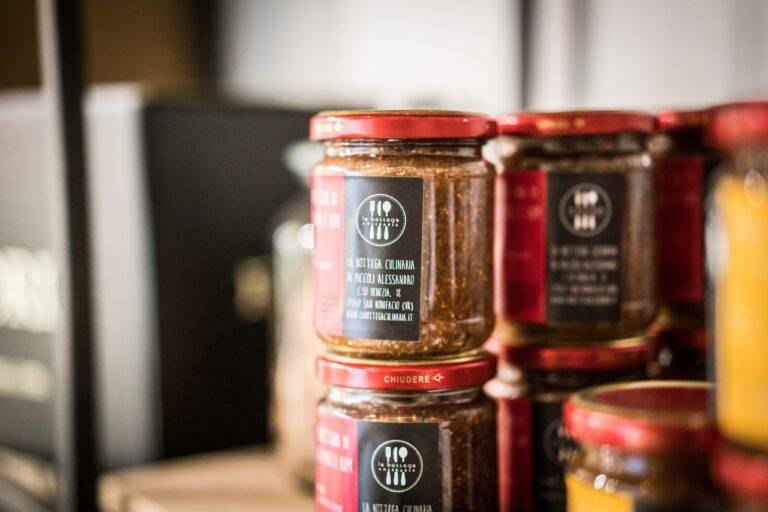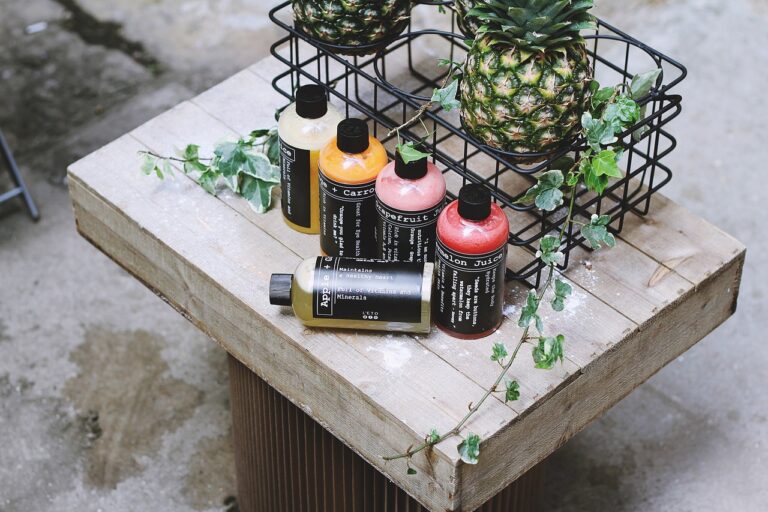Artisanal Bread Making: From Starter to Loaf
Sourdough bread is a beloved type of bread known for its distinct tangy flavor and chewy texture. What sets sourdough apart from other bread types is its unique fermenting process using wild yeast and bacteria found in the starter culture, giving the bread its signature taste.
Unlike commercially made bread that relies on commercial yeast for leavening, sourdough bread relies on the natural fermentation process. This process not only imparts a complex flavor profile but also offers potential health benefits, as the fermentation process helps break down gluten and phytic acid, making it easier for some individuals to digest.
History of Sourdough Bread
Sourdough bread holds a rich history deeply rooted in ancient traditions. Dating back thousands of years, this traditional bread-making method was born out of necessity and resourcefulness. Early civilizations discovered that fermenting dough with wild yeast present in the environment helped to leaven bread, making it rise without the need for commercial yeast.
Throughout history, sourdough bread became a staple food for many cultures, especially those in regions where commercial yeast was not readily available. The sourdough starter, often passed down through generations, became a valued and treasured possession in many households. Its distinct tangy flavor and unique texture have made sourdough bread a beloved traditional food enjoyed by people around the world.
Ingredients for Sourdough Starter
Creating a sourdough starter requires just two simple ingredients: flour and water. It may seem almost magical how these two basic components come together to kickstart the fermentation process that gives sourdough its distinctive tangy flavor. The type of flour used can vary, but whole wheat or rye flour are popular choices due to their higher nutrient content and presence of natural yeasts.
When selecting water for your sourdough starter, opt for filtered or bottled water to avoid any chlorine or contaminants that could hinder the fermentation process. The water should be at room temperature, as cold water can slow down the activation of the natural yeasts present in the flour. By combining flour and water in a specific ratio and allowing the mixture to sit in a warm environment, the wild yeasts in the flour become active, leading to the development of a lively and bubbly sourdough starter.
• Creating a sourdough starter requires just two simple ingredients: flour and water
• Whole wheat or rye flour are popular choices due to their higher nutrient content and natural yeasts
• Opt for filtered or bottled water to avoid chlorine or contaminants that could hinder fermentation
• Water should be at room temperature to activate natural yeasts in the flour
• Allow the mixture of flour and water to sit in a warm environment for wild yeasts to become active
What are the basic ingredients needed to make a sourdough starter?
The basic ingredients needed to make a sourdough starter are flour and water.
Do I need any special kind of flour to make a sourdough starter?
You can use any type of flour to make a sourdough starter, but whole wheat or rye flour are often recommended for better results.
Can I use tap water to make a sourdough starter?
It is recommended to use filtered or bottled water to make a sourdough starter as tap water can sometimes contain chemicals that may interfere with the fermentation process.
How long does it take to create a sourdough starter?
It typically takes about 5-7 days to create a sourdough starter, depending on the temperature and other environmental factors.
Can I use commercial yeast to make a sourdough starter?
No, a sourdough starter is made using wild yeast naturally present in the flour and environment, so commercial yeast should not be used.

